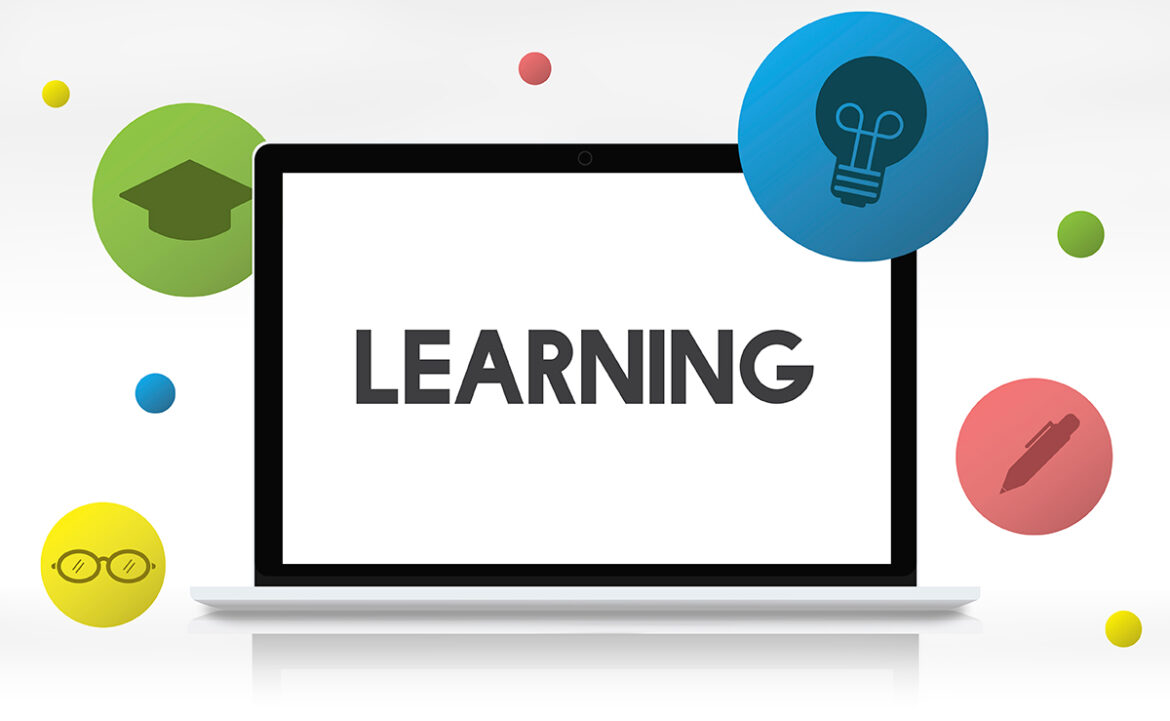This blog series has been examining some powerful research-based strategies that can accelerate student learning. We examined the research behind the strategies in Part 1, the use of classroom discussion and micro-teaching/video review of lessons in Part 2, and the strategies of teacher credibility and conceptual change programs in Part 3. In this blog, we will look at two more learning techniques that teachers should be using today.
Strategy Number 5: Jigsaw Method
 The jigsaw method is a cooperative learning technique that has been around a long time in schools. It’s powerful because it makes students dependent on each other (and not the teacher) to succeed. Students are divided into small groups of five or six each. One student assumes the role of the leader, either assigned by the teacher, as a volunteer, or chosen by the group members. The teacher divides the day’s learning into five or six pieces and gives only that piece to one person in each group. Students study their piece for a few minutes and then get into “expert” groups with others who also have the same piece of information. In the expert group, the students discuss the most important aspects of their piece and how they might best teach it to their peers. Then the “experts” disband and go back to their original groups where they share their learning. You can learn more about the jigsaw method here.
The jigsaw method is a cooperative learning technique that has been around a long time in schools. It’s powerful because it makes students dependent on each other (and not the teacher) to succeed. Students are divided into small groups of five or six each. One student assumes the role of the leader, either assigned by the teacher, as a volunteer, or chosen by the group members. The teacher divides the day’s learning into five or six pieces and gives only that piece to one person in each group. Students study their piece for a few minutes and then get into “expert” groups with others who also have the same piece of information. In the expert group, the students discuss the most important aspects of their piece and how they might best teach it to their peers. Then the “experts” disband and go back to their original groups where they share their learning. You can learn more about the jigsaw method here.
Hattie found that the jigsaw method, when taught to students and then used regularly, had an effect size of 1.20. If you wanted to add a technology component to it, you could have each expert create a screencast, blog, or podcast of his/her piece to share with the rest of their classmates. They could also draw it using Google Draw.
Strategy Number 4: Response to Intervention
With an effect size of 1.29, RTI is a strong learning strategy, not only for students who are struggling, but for all students as needed for various content topics. In RTI, the teacher screens students early on to see who is at risk, decides whether supporting intervention will be given in class or out of class, uses research-based teaching strategies within the chosen intervention setting, closely monitors the progress, and adjusts the strategies being used when enough progress is not being made.
Technology that supports response to intervention includes Google Classroom, blended learning, and formative assessment tools such as Nearpod, Socrative, Google Forms, etc.
Strategies 1-3
Next week, we’ll examine the top three strategies and how they can be used in the classroom, both with and without technology.

